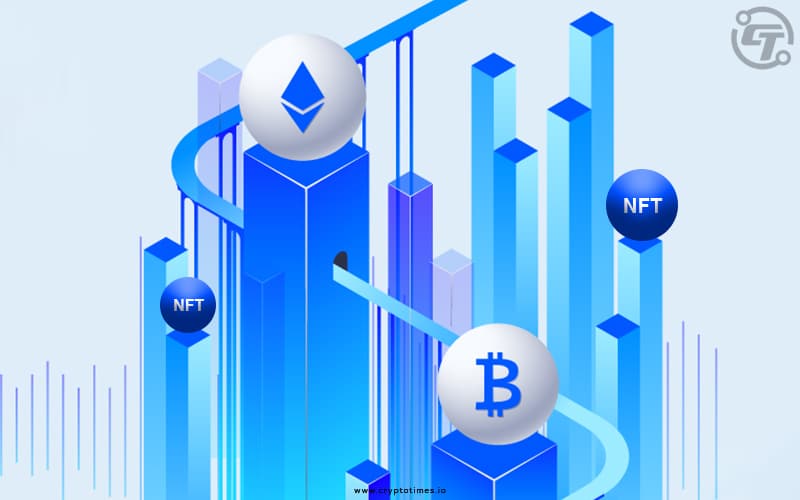In a groundbreaking development for the world of digital art, Bitcoin Ordinals, the latest layer-2 solution, has emerged as a game-changer for decentralized storage on the Bitcoin blockchain.
This cutting-edge technology allows users to migrate their Ethereum-based nonfungible tokens (NFTs) onto the Bitcoin blockchain using the newly launched BRC-721E standard.
The BRC-721E standard, a collaborative effort between the Ordinals market and Bitcoin Miladys, a meme token that plummeted 93% last week, enables the seamless conversion of immutable and verifiable ERC-721 NFTs to Ordinals.
While the initial implementation does not store metadata on-chain, users can include a lower-quality preview image and reference the Ethereum burn in the raw image data.
The migration process begins with the irreversible burning of the ERC-721 NFT using an ETH call function. This serves as an on-chain inscription method, paving the way for claiming the ETH burn on Bitcoin.
By inscribing valid BRC-721E data, users can witness the bridged NFT appearing on a custom Ordinals market collection page, complete with full metadata.
To ensure the integrity of the process, indexers diligently scrutinize the burned NFT data inscriptions. They verify that each token has only one valid inscription and confirm that the Genesis address matches the burn transaction call data.
The Ordinals market celebrates the fundamental principles of BRC-721E and emphasizes the flexibility of indexers, allowing the protocol to evolve, even though metadata is initially not stored on-chain.
Since its launch in January 2023, Bitcoin Ordinals has sparked a wave of enthusiasm and debate within the crypto community. The subsequent introduction of the BRC-20 standard in March has further expanded the possibilities by creating an experimental fungible token standard tailored specifically for the Bitcoin blockchain.
This convergence of BRC-20 with Ordinals has opened new doors, leading to the minting of popular BRC-20 tokens like Ordi, Vmpx, and Pepe. The number of BRC-20 tokens has witnessed an astounding surge, growing from a mere few hundred in the initial week to over 25,000 at present.
However, the rise of Ordinals and the era of token minting has faced backlash from some Bitcoin proponents, who argue that this newfound method is inefficient and wasteful.
As Bitcoin Ordinals continues to reshape the landscape of decentralized storage and tokenization, the debate surrounding its usage and necessity persists.






